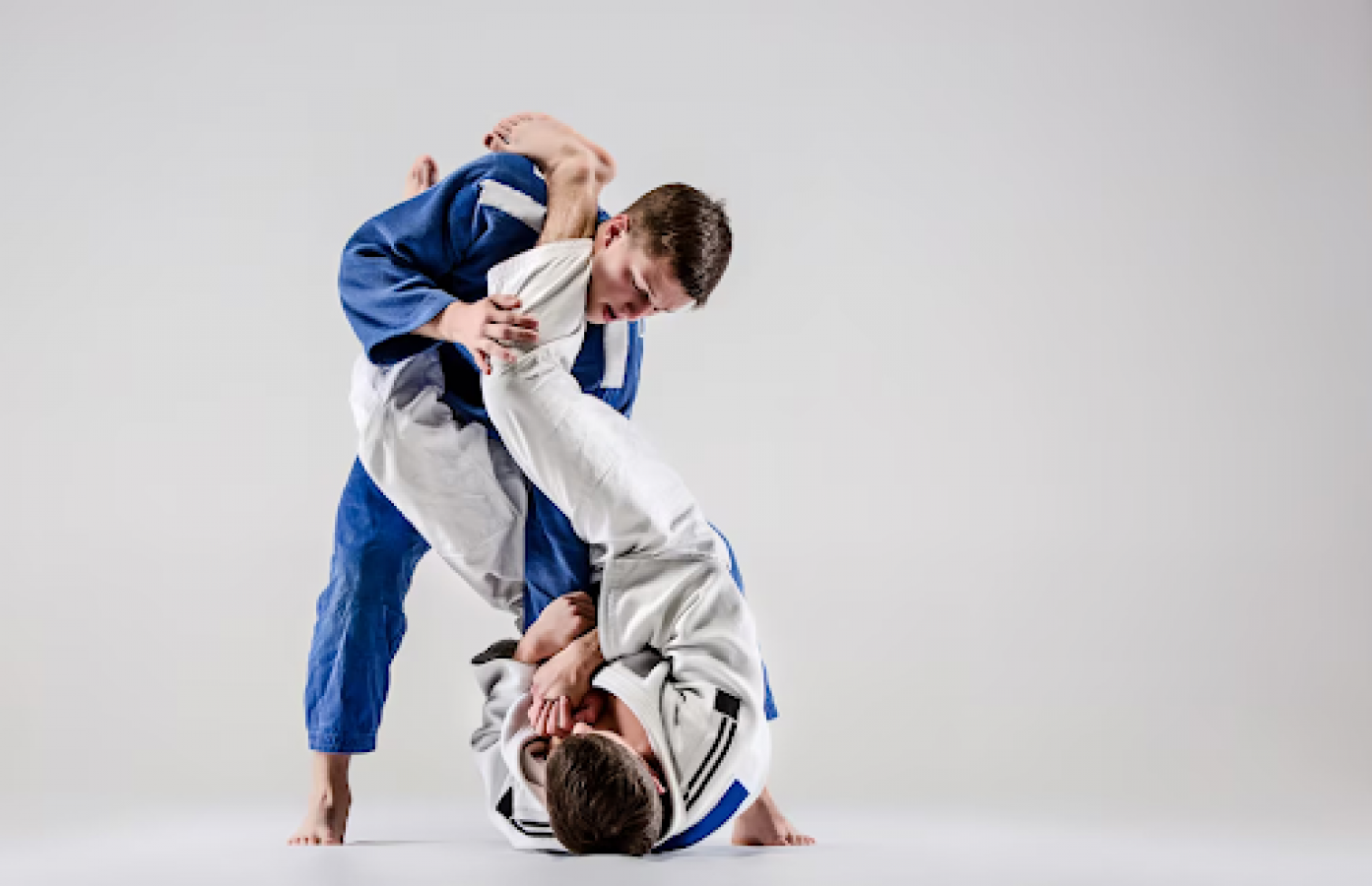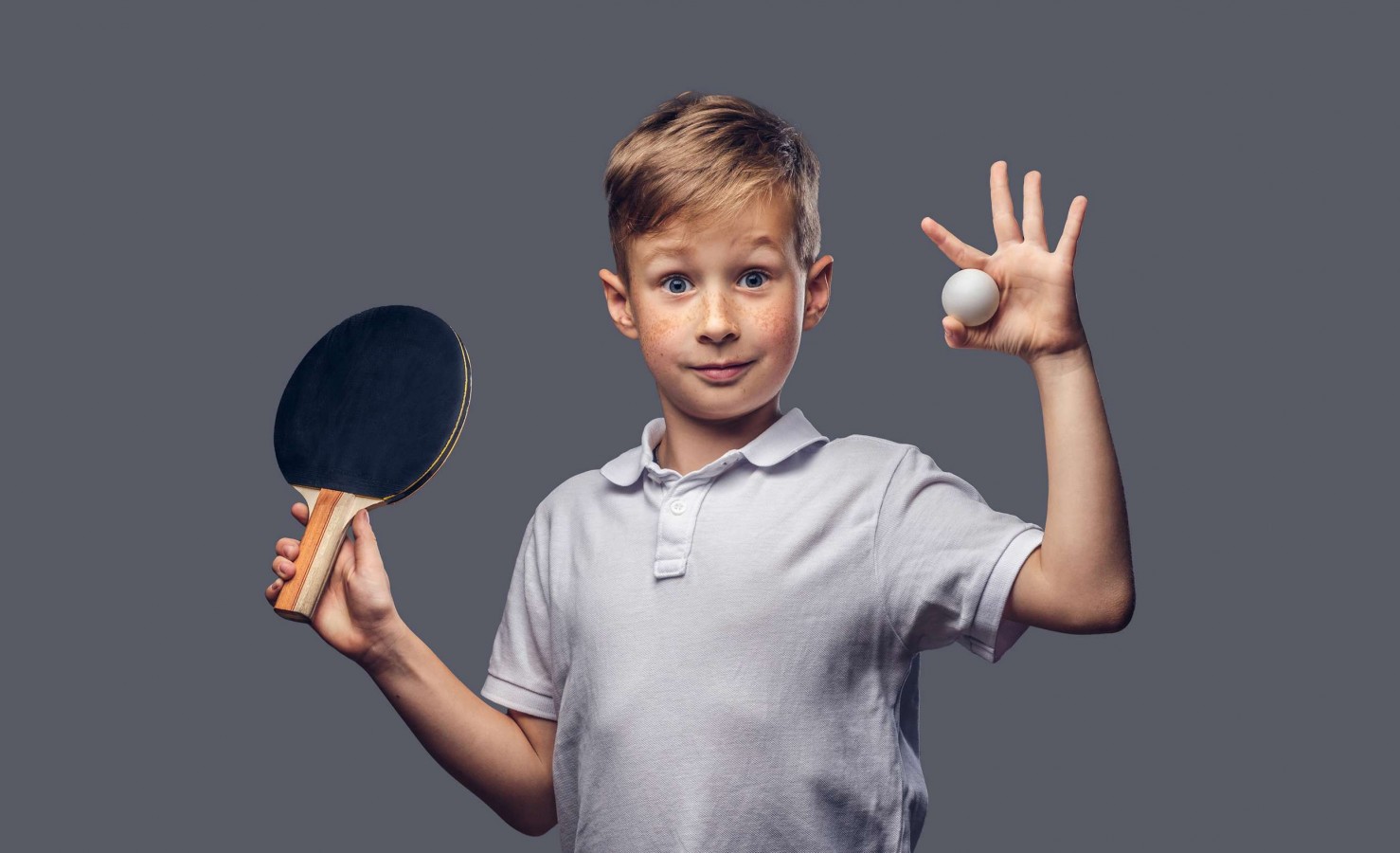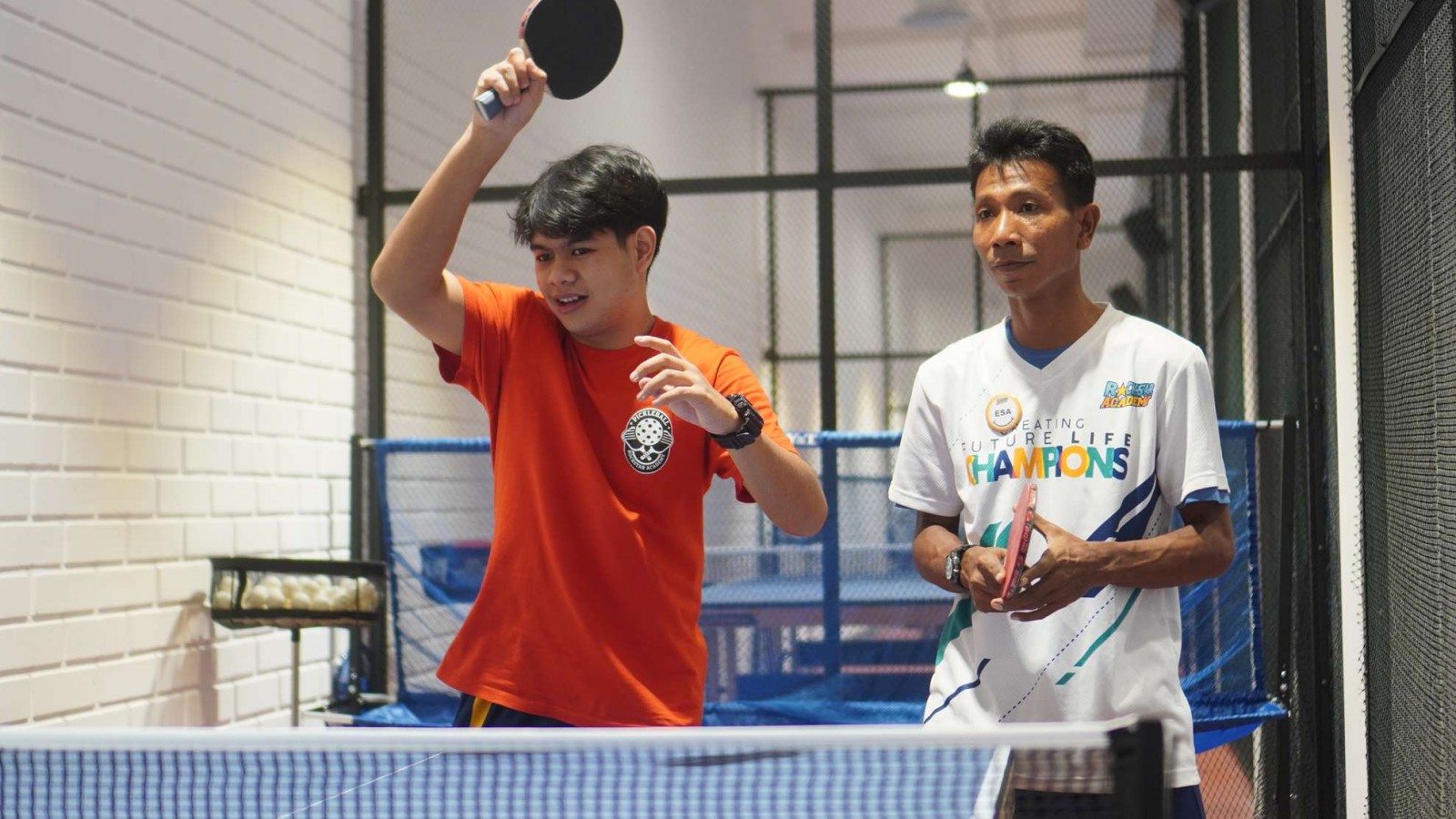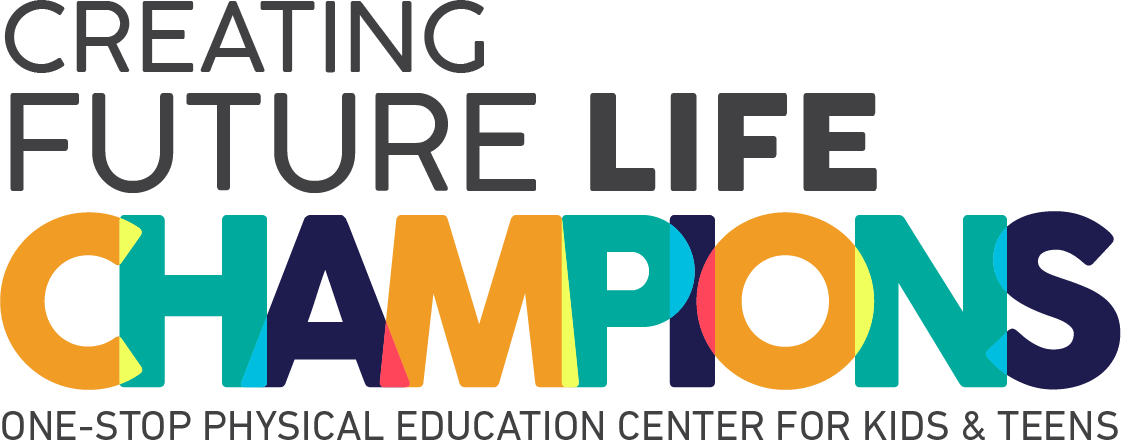Tiny Ballerinas: Introducing Ballet to Toddlers
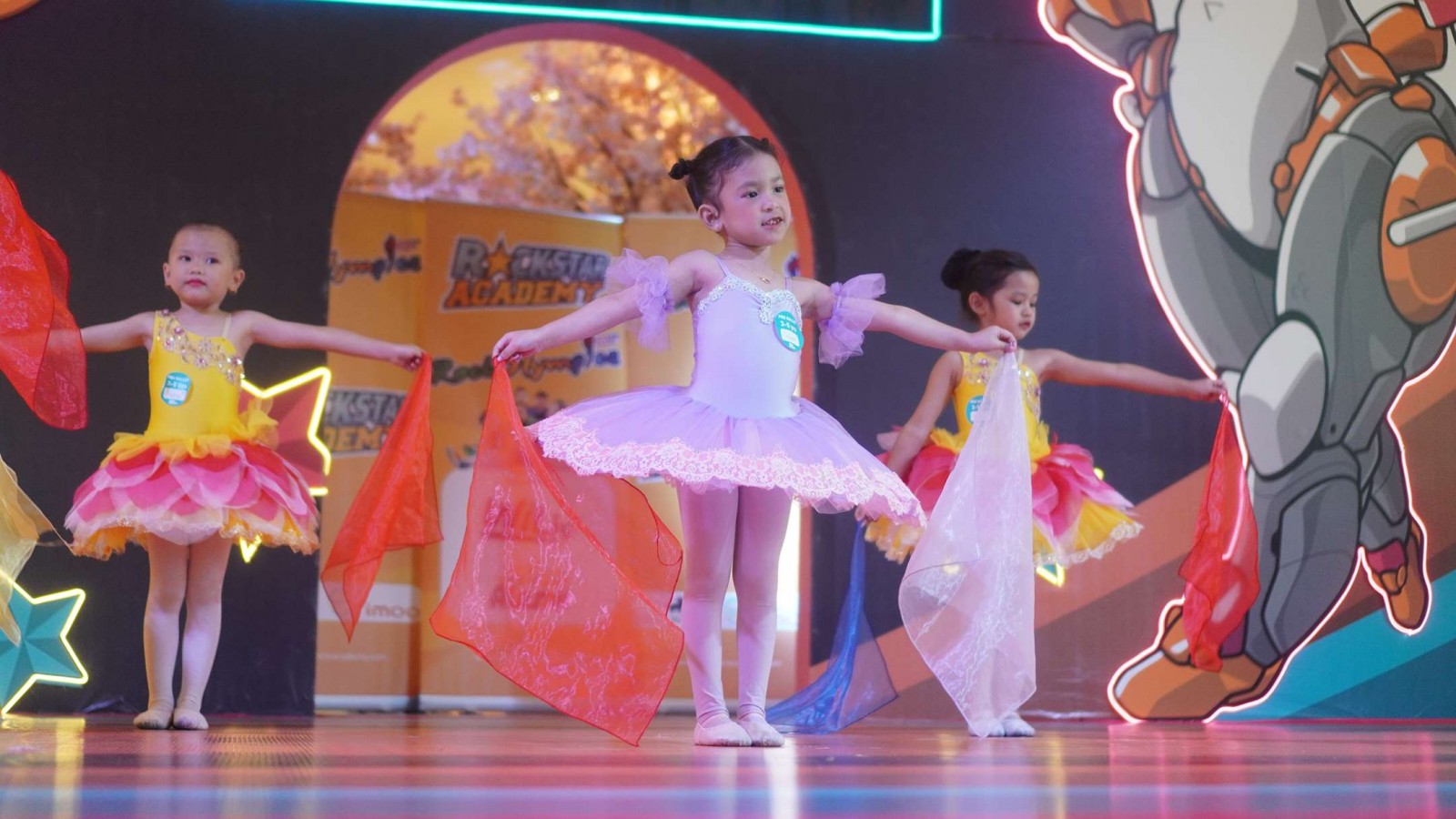
Introducing little ones to ballet is like opening a door to pure joy, imagination, and a whole new way to move! Starting ballet as a toddler gives children the chance to explore their natural love for dancing, build body awareness, and have a blast in a fun, structured environment.
And the benefits go way beyond dance moves, ballet for toddlers supports their growing minds and emotions, giving them skills that make a difference in all areas of life. In this guide, we’ll dive into some playful ways to teach ballet basics and share tips for making every twirl and jump a joy for tiny ones!
Teaching Ballet to Toddlers
Teaching ballet to toddlers is all about creating a fun, safe, and playful environment. Here are some tips for a successful introduction:
1. Imagery
Imagery brings ballet to life for toddlers, adding magic and wonder to each movement. Using imaginative cues like "standing tall like a princess," or "swishing a tiger tail," enhances posture and engagement.
For steps, use fun visuals, like “pushing marshmallows” in pliés or “splashing in a pond” for piqués. Imagery helps young dancers not only enjoy the class but also understand movements in a playful, memorable way.
2. A Balanced Curriculum
Structuring classes with a balanced curriculum is essential for creating enjoyable, yet effective learning. Keep lessons varied, moving steadily toward technical improvement without overwhelming them.
Avoid lengthy technical explanations, and introduce the barre gradually, usually around ages 7-8. This approach nurtures a love of dance while developing sound technique at a gentle pace.
3. Props
Props add a playful element to beginner classes, engaging toddlers with scarves, wands, and crowns.
These items help enhance their imagination, improve coordination, and add a sense of magic to the class, making each session feel special.
4. Multisensory Elements
Incorporating multisensory activities captivates young children’s attention. Use clapping to build musicality or teach rhythms, adding variety to the class and drawing focus.
Try sequences like “4 claps, 4 sautés” or “clap out skipping or running beats” to keep energy levels up and minds engaged.
5. Ending on a High Note
Ending class on a positive, exciting note is key to maintaining their enthusiasm. Try themes like “a night in the toy shop” for improvisation or a fun dance game.
Sending them home with a small take-home item, like coloring pages, reinforces the terms and steps covered, making learning feel rewarding.
Basic Ballet Positions for Toddlers
Introducing basic ballet positions to toddlers is a gentle way to help them understand body alignment, balance, and the fundamentals of ballet technique. Although they may not perfect each position immediately, each stance builds coordination and prepares them for more advanced ballet movements.
Here’s a breakdown of the five basic ballet positions in an accessible way for young learners:
A. First Position
In the first position, the feet are turned outward, with the heels touching each other and the toes pointing outward in opposite directions.
Toddlers may not achieve a full outward rotation, but it’s essential that both feet are flat on the floor, with the entire sole in contact with the ground. This position encourages them to stand tall and develop posture.
Watching professional ballerinas, you’ll see their legs touch from the top down to the calves, but beginners can focus on keeping their heels together and aligning the feet.
B. Second Position
Second position is a slight variation of the first position. From first position, the feet are slid apart, maintaining the same outward rotation. The heels are separated by the length of one foot, with the toes still pointing outward.
This stance gives toddlers more stability while they learn to balance with an open stance. This position is excellent for introducing gentle bends and stretches, as it offers a bit more room for movement and grounding.
C. Third Position
The third position isn’t as widely used in modern choreography, but it’s a good foundational step for toddlers learning about alignment.
To move into third position, start in second position, then slide one foot toward the other, placing the heel of the front foot at the arch of the back foot.
This position resembles a simpler form of fifth position, making it ideal for beginners who aren’t ready for the precision of fifth but can manage an intermediate alignment.
D. Fourth Position
Fourth position is a more challenging step that builds upon third. Begin in third position, then slide the front foot forward, creating a gap about the length of one foot between the two feet.
Both feet are still turned outward, with toes pointing away from each other. The front and back feet are parallel, enhancing balance and spatial awareness.
Fourth position is often used for preparing movements like pliés, and it’s a stepping stone toward more complex positions in the future.
E. Fifth Position
Fifth position is considered one of the most refined and technically demanding positions in ballet. To achieve it, bring the feet together, turning out both legs completely.
The toes of one foot should touch the heel of the other, creating a fully closed stance. For beginners, this position can be tricky as it requires a high degree of flexibility and alignment.
It’s a goal to work towards over time, as toddlers grow more comfortable with ballet fundamentals.
Encouraging Your Tiny Dancer!
Supporting your toddler’s journey in ballet is all about encouraging their interest without pressuring them. Encourage them to talk about their favorite parts of class, or practice some basic moves at home together. Praising their effort rather than performance helps reinforce a positive attitude toward learning and self-expression.
If you’re looking for a supportive and fun environment for your little one to start their ballet journey, Rockstar Academy’s Early Childhood Ballet Class is the perfect place, where we believe that the best age to start ballet is during early childhood.
Our Sports & Performing Arts Academy offers a nurturing environment where young dancers can explore movement, develop coordination, and build confidence through creative expression.
In our early childhood ballet classes, we focus on making dance fun while laying a solid foundation in ballet technique, preparing them for several events and competitions such as RAD Ballet Testing, Ballet & Contemporary Dance Recital, RockOlympics and Elite Championships.
To help your little one experience the joy of ballet, we invite you to take advantage of our free trial class. This is the perfect opportunity for your child to explore the world of ballet and see if it's the right fit for them, all while enjoying a fun and engaging introduction to dance!
FAQ
What is the best age to start ballet?
The best age to start ballet is typically between 3 to 5 years old, as children at this age are developing motor skills and can follow instructions.
Is ballet good for a 2-year-old?
Yes, ballet can be good for a 2-year-old, especially in a playful, introductory class that focuses on movement and music rather than strict technique.
